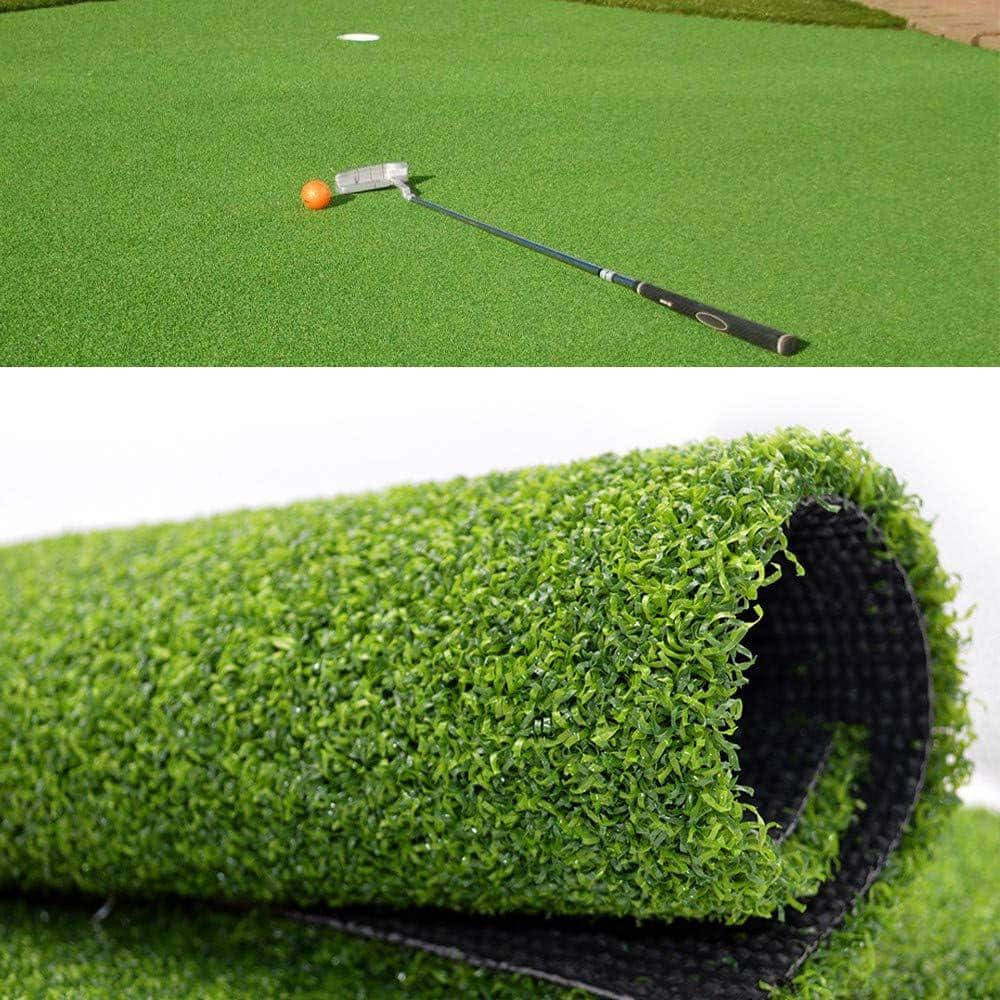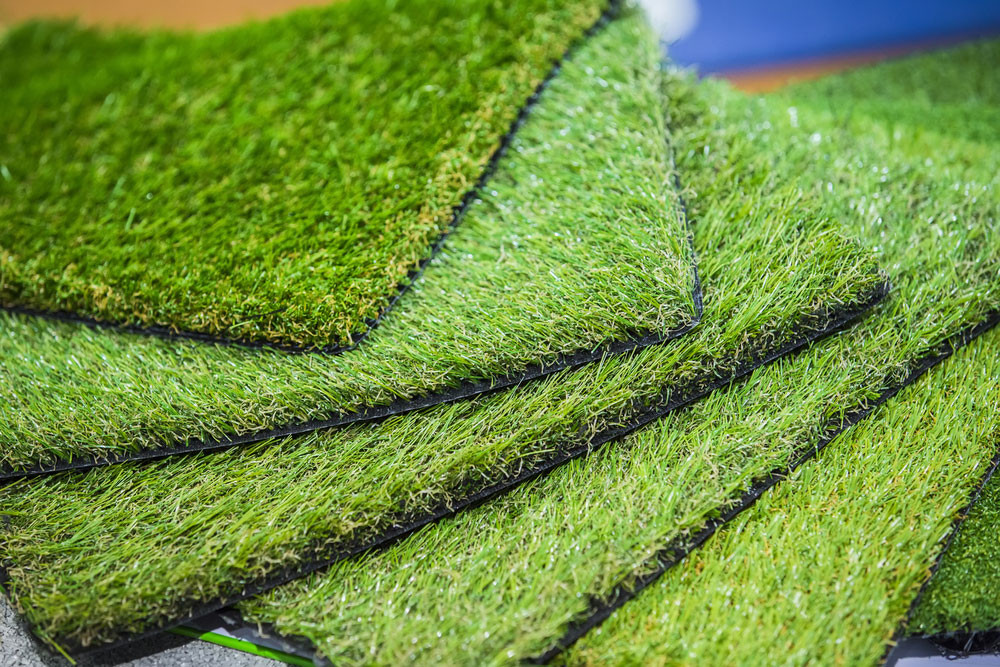Affordable Turf Installation Phoenix AZ for a Low-Maintenance Lawn Solution
Affordable Turf Installation Phoenix AZ for a Low-Maintenance Lawn Solution
Blog Article
Delve Into the Environmental Conveniences of Opting for Artificial Grass Solutions
The adoption of fabricated lawn options offers an engaging possibility to address pushing ecological obstacles. By considerably minimizing water usage and lessening the application of hazardous chemicals, these choices not just promote sustainable landscaping yet additionally shield neighborhood ecosystems.
Water Conservation Advantages
One of the most substantial benefits of artificial grass is its ability to save water. In contrast, synthetic turf does not require watering, substantially reducing the general demand for water resources.
By removing the need for routine watering, synthetic grass contributes to lasting landscape techniques and aids minimize the environmental impact of extreme water intake. In addition, the conservation of water reaches the decrease of runoff, which can cause soil erosion and river contamination.
Furthermore, the installment of synthetic grass permits municipalities and homeowners to assign water sources extra effectively, concentrating on vital usages such as alcohol consumption water and agriculture. The change in the direction of artificial lawn not only advertises liable water use yet also straightens with wider environmental goals focused on protecting all-natural resources.
As areas increasingly prioritize sustainability, the water conservation advantages of man-made grass present an engaging situation for its fostering in industrial and residential landscape design tasks.
Reduced Chemical Usage
The shift to synthetic grass significantly reduces the dependence on chemical therapies generally used in natural lawn maintenance. Standard grass monitoring normally involves the application of chemicals, herbicides, and fertilizers to advertise development and control parasites. These chemicals can present dangers to human health, regional wild animals, and the environment, adding to dirt and water contamination.
On the other hand, synthetic grass eliminates the need for these harmful materials. As soon as installed, it requires minimal upkeep, mostly containing routine cleaning and infrequent infill replenishment. This decrease in chemical use not only benefits the instant environment but also adds to more comprehensive environmental stability. By lessening the release of artificial substances right into the environment, artificial turf promotes healthier dirt and water systems.
Furthermore, the absence of chemical runoff connected with man-made grass installations assists shield neighborhood rivers from air pollution, supporting water life and maintaining biodiversity. Artificial turf companies phoenix. As areas increasingly focus on lasting methods, going with synthetic grass provides a viable service that lines up with ecological preservation objectives. Through this change, homeowner can appreciate lavish green rooms without compromising eco-friendly health, leading the way for a much more sustainable future
Reduced Carbon Footprint

Furthermore, the installment of synthetic grass can cause considerable water preservation. Natural yards need considerable amounts of water for irrigation, which not just includes in the carbon footprint connected with water removal and therapy but also strains local water resources. On the other hand, synthetic lawn requires minimal upkeep, calling for no watering, consequently significantly minimizing water use and its connected power expenses.
In addition, the long life of artificial turf adds to its reduced carbon impact. With a life-span of up to 15 this page years or more, the demand for constant substitutes is reduced, resulting in much less waste and lower energy consumption in manufacturing and throwing away traditional grass choices. On the whole, man-made turf presents a sustainable option for eco aware landscaping.
Habitat Conservation
Environment preservation is an important factor to consider in the argument over landscaping choices, especially when comparing synthetic grass to all-natural turf. All-natural turf lawns usually need comprehensive maintenance, including making use of fertilizers, herbicides, and pesticides, which can adversely affect neighborhood environments. These chemicals can seep into the dirt and waterways, hurting native plants and fauna and interrupting neighborhood habitats.
On the other hand, fabricated lawn presents an opportunity to reduce the ecological impact of landscape design. By going with artificial turf, property owners can reduce the disruption of all-natural habitats related to standard lawn care techniques. Synthetic grass eliminates the demand for dangerous chemicals, therefore safeguarding neighboring wild animals and keeping the integrity of surrounding environments. Moreover, the setup of man-made turf can result in the conversion of former yard locations into more biodiverse landscapes, such as useful reference pollinator gardens or indigenous plant locations, which can sustain neighborhood wild animals.
Ultimately, the shift to man-made grass not just preserves water and reduces maintenance efforts yet likewise cultivates a more unified connection between human tasks and the all-natural environment, promoting habitat preservation in the process.
Long-Term Sustainability
Long-term sustainability is an essential consider examining the advantages of synthetic grass over traditional grass lawns. Among the most significant benefits of synthetic lawn is its resilience; it can last approximately 15-20 years with minimal upkeep, whereas all-natural lawn requires regular reseeding and substitute. This long life lowers the need for consistent resources, such as water, fertilizers, and chemicals, which are vital for maintaining a healthy and balanced yard lawn.
In addition, man-made lawn adds to a decrease in carbon exhausts my company connected with lawn care devices. Standard lawns often require gas-powered mowers, trimmers, and blowers, every one of which contribute to air pollution. Turf installation phoenix az. In contrast, synthetic grass gets rid of the need for such devices, advertising a cleaner atmosphere
Furthermore, the manufacturing of synthetic grass progressively utilizes recycled products, enhancing its sustainability profile. As makers embrace green techniques, the ecological footprint of synthetic grass continues to decrease.

Final Thought
The fostering of synthetic lawn remedies offers considerable ecological benefits, including considerable water conservation, reduced reliance on damaging chemicals, and a lower carbon footprint. Additionally, synthetic grass help in preserving all-natural environments by reducing land disturbance and advertising long-lasting sustainability through using resilient products. Jointly, these elements underscore the capacity of fabricated grass to add favorably to ecological health and wellness and offer a feasible choice to conventional landscape design techniques in an increasingly resource-conscious world.
In contrast, man-made turf does not require watering, dramatically decreasing the general need for water sources. By minimizing the launch of synthetic substances right into the environment, artificial grass advertises healthier dirt and water systems.
In addition, the installment of synthetic lawn can result in substantial water preservation. In contrast, fabricated lawn needs marginal upkeep, requiring no watering, therefore significantly decreasing water usage and its linked power prices.

Report this page